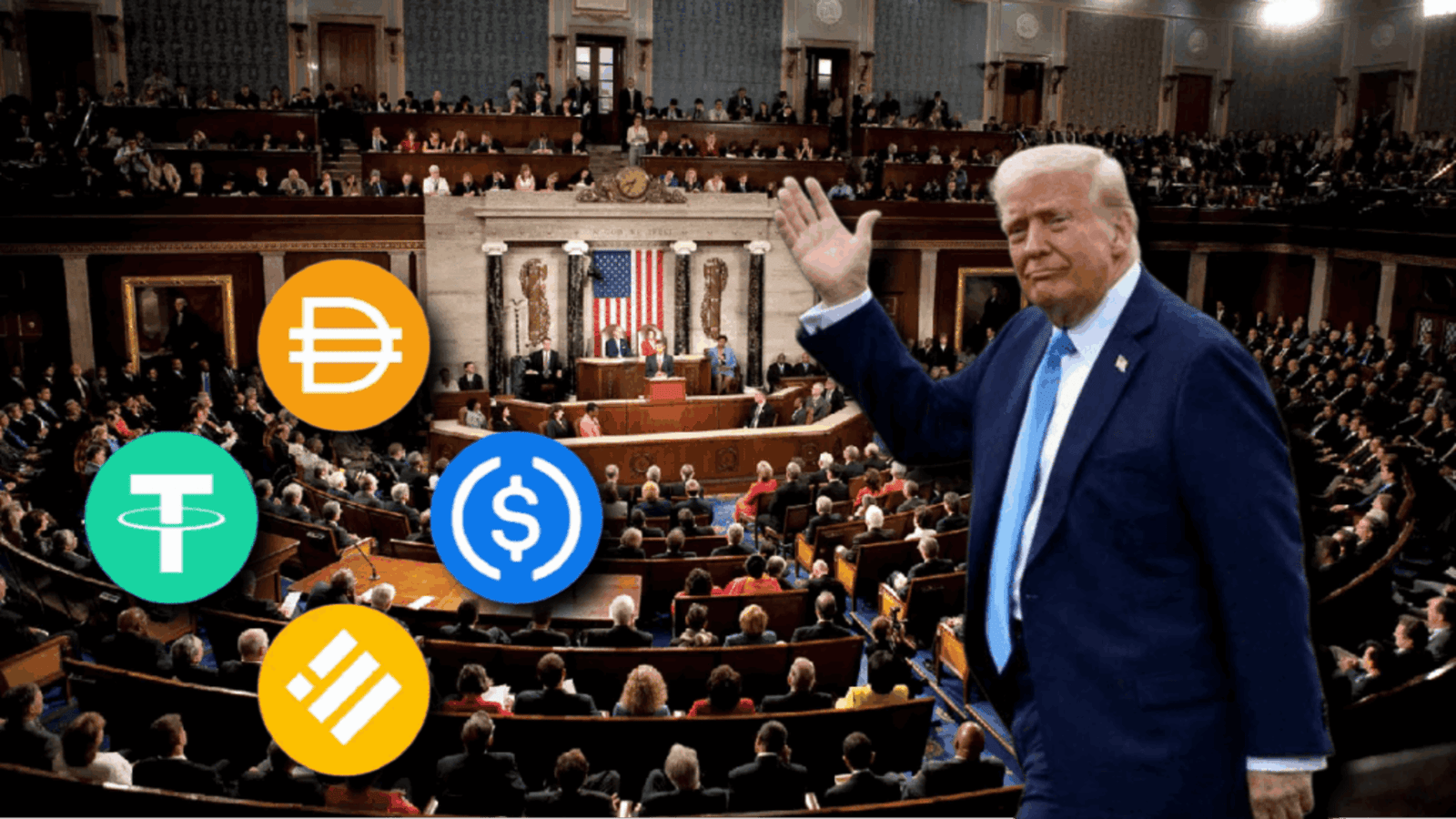On June 17, 2025, the U.S. Senate, with broad bipartisan support, passed the Guiding and Establishing National Innovation for U.S. Stablecoins Act, or the GENIUS Act (“GENIUS Act”), creating an unprecedented federal regulatory structure for payment stablecoins. President Trump signed the bill on July 18, 2025.
Additionally, the Digital Asset Market Clarity Act (“CLARITY Act”) was passed in May in the USA, which seeks to bring regulatory jurisdictional certainty to the broader spectrum of digital assets.
Ronin Legal takes a closer look.
Understanding Stablecoins and Digital Assets
A stablecoin is a type of cryptocurrency designed to maintain a stable value by pegging its price to an external reference asset, typically in a 1:1 ratio. Such assets may include fiat currency, gold, or other financial instruments.
A digital asset is a broader term referring to any asset that is issued and stored in a digital form and secured by cryptographic technology. These assets are usually built on blockchain or distributed ledger systems and can represent a wide range of economic value. Example include Bitcoin and Ether.
The Need for Regulation
Most stablecoins are backed by reserves that issuers hold. Risks may arise when a stablecoin issuer lacks sufficient reserves or when those reserves become inaccessible. A notable example is the collapse of Silicon Valley Bank, which held $3.3 billion of the reserves backing USD Coin. Therefore, regulators felt the need to address this and other risks posed by stablecoins and digital assets.
Prior to the CLARITY Act, U.S. regulation of digital assets was a fragmented landscape, with overlapping and sometimes conflicting rules from the SEC, CFTC, FinCEN, and state regulators. This regulatory fog led to enforcement-first approaches, exposing consumers to significant risks.
The Genius Act
New Framework for Stablecoin Issuers
The GENIUS Act restricts the issuance of payment stablecoins to permitted issuers, including:
- Subsidiaries of insured banks or credit unions,
- Federally qualified non-bank payment stablecoin issuers, and
- State-qualified issuers that meet the specified regulatory requirements
Issuers with more than $10 billion in stablecoin issuance face mandatory federal oversight, with regulators such as the Federal Reserve, OCC, FDIC, or NCUA involved based on issuer type. These issuers must comply with capital and liquidity rules and risk management protocols.
To preserve stability and trust, the Act mandates that stablecoins be:
- Fully backed on a 1:1 basis by high-quality, liquid assets (such as U.S. dollars, short-term U.S. treasury bills, or insured deposits)
- Not rehypothecated (i.e., reserve assets may not be reused or pledged elsewhere)
For transparency and consumer protection, issuers must disclose their reserve holdings, including the composition and total stablecoin issuance. The Act grants holders the right to redeem their coins at face value directly from the issuer and imposes strict restrictions on marketing stablecoins as “legal tender,” “U.S. government-backed,” or “FDIC insured,” with penalties for misrepresentation.
Importantly, the Act designates stablecoins issued by permitted issuers as a distinct asset class, neither a security under the SEC, a commodity under the CFTC, nor an interest-bearing instrument.
To balance state and federal regulations, the legislation establishes a dual system. Smaller issuers (under $10 billion) may remain under state-level oversight if their frameworks align with federal standards, while larger issuers must transition to federal regulation for consistency.
The Act also expands the Office of the Comptroller of the Currency’s (OCC) responsibilities by allowing it to issue national charters to nonbank payment stablecoin operators, adding to the regulator’s workload as roughly 25% of its staff apply for voluntary buyouts under the Trump administration.
Compliance Requirements
Acknowledging the risks stablecoins may pose to illicit finance, the Act brings permitted issuers under comprehensive Bank Secrecy Act provisions. This includes customer identification (KYC), enhanced due diligence, transaction monitoring, and suspicious activity reporting.
To support national security, foreign stablecoin issuers must originate from jurisdictions with comparable regulatory regimes, register with U.S. authorities, and comply with lawful U.S. orders. The legislation bars non-compliant foreign issuers from operating in the U.S. market.
The Clarity Act
Registration Framework
The CLARITY Act ends years of regulatory uncertainty, by providing clear definitions and clarifications on digital assets and issuers.
Under the Act, crypto issuers and trading platforms must register with the appropriate federal regulator, depending on how the asset is classified. It introduces on-ramps and transitional “safe harbour” periods, allowing companies to demonstrate good-faith compliance while making necessary technical or governance adjustments.
Registration comes with comprehensive requirements, including disclosures, consumer risk warnings, internal controls, and operational standards.
Regulator Authority and Market Standards
The Act also grants significant authority to federal regulators. For digital commodities, the CFTC is empowered to license and monitor spot and derivative trading venues, set standards for the custody and segregation of customer assets, and enforce prohibitions on market manipulation and abusive trading practices.
For digital securities, the SEC is responsible for overseeing issuance, trading, and secondary exchanges, ensuring investor protection and transparency in accordance with established securities law.
Operational and financial controls are mandated across market participants. These include annual audits, segregation of customer and company funds, public disclosure of asset risks, governance structures, code audits, and a ban on unlicensed custodial arrangements or deceptive marketing.
While states may continue to provide consumer protection oversight, primary supervision now shifts to the federal level. This harmonized regulatory approach eliminates fragmentation, reduces compliance burdens, and encourages global digital asset firms to enter or remain in the U.S. market.
The Road Ahead
The Acts provide U.S. firms a competitive edge but also creates challenges, especially for smaller startups that must comply with rigorous licensing and partnership requirements, potentially slowing innovation.
The growing use of cryptocurrencies in cross-border payments offers clear benefits, including faster, lower-cost transactions that can enhance remittance flows and boost spending power in recipient economies.
However, the globalization of digital assets also magnifies systemic risks. If a large corporate issuer were to collapse, it could trigger disruptions reminiscent of historic currency peg failures, such as Argentina’s peso-dollar peg collapse, which created artificial market conditions before unravelling into crisis.
On the upside, the Acts could serve as a de facto global benchmark, encouraging regulatory harmonization across jurisdictions. This alignment may simplify cross-border compliance and help build safer, more efficient international payment systems and digital asset markets.
Additionally, legal recognition of dollar-backed stablecoins supports their role in global payments and remittances, and the legal certainty provided by these Acts is also expected to attract international crypto firms and traditional financial institutions, now equipped with clear guidelines for compliant U.S. market entry.
Separately, other jurisdictions continue advancing their own comprehensive crypto frameworks. The UAE has created clear licensing pathways for crypto businesses through VARA (Virtual Asset Regulatory Authority) in Dubai and ADGM’s framework in Abu Dhabi, while maintaining robust consumer protection standards.
Authors: Shantanu Mukherjee, Varun Alase, Akshara Nair








































